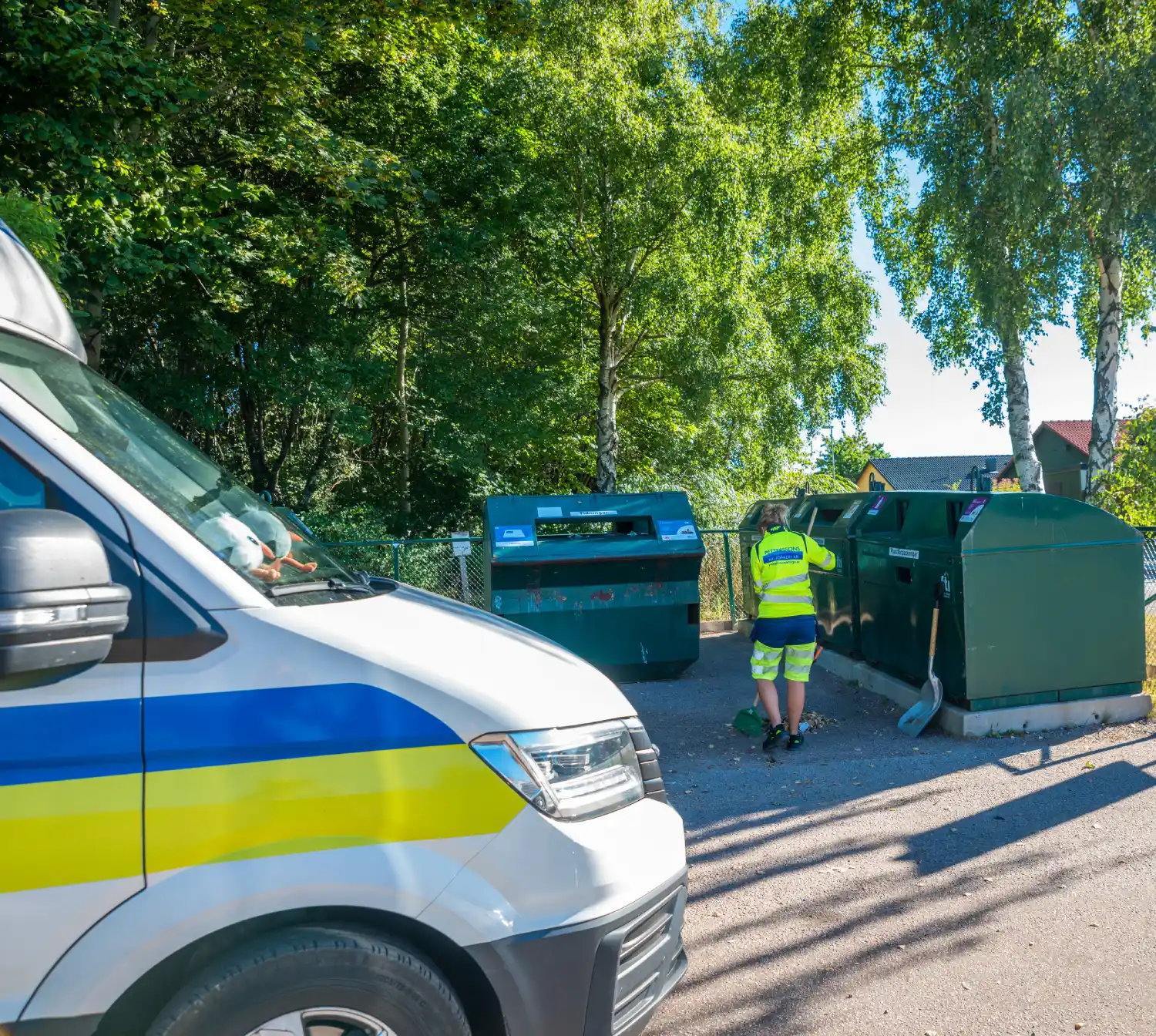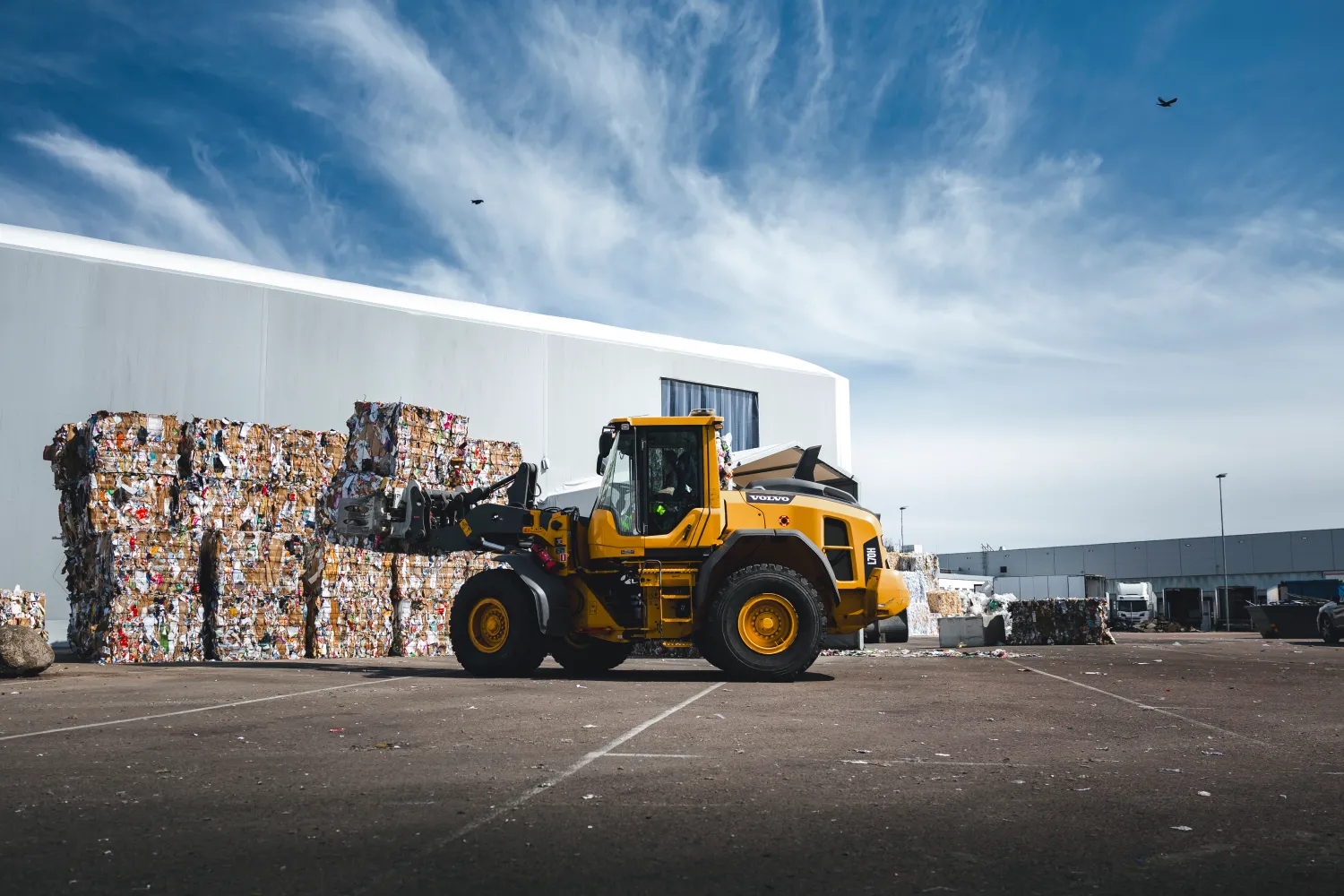Common Materials a Recycling Company Can Process for You
Common Materials a Recycling Company Can Process for You
Blog Article
Recycling represents an essential role in environmental sustainability, and understanding the procedure behind it may highlight how fresh materials receive a brand new life. Recycling Company (Återvinning Företag) follow a organized workflow to make sure waste components are successfully developed into reusable products. This process not merely reduces any risk of strain on normal sources but in addition minimizes environmental pollution. Here's a step-by-step look at how a recycling method unfolds—from selection to repurposing.
Step 1: Collection and Sorting
The first faltering step in recycling is the number of recyclable waste. Residential, professional, and commercial sources lead to this supply of materials. Waste is typically obtained through curbside programs, drop-off stores, or mass selection systems. After collected, the products are transported to a recycling service for sorting.

At the service, advanced organizing programs are accustomed to split up products like report, materials, materials, and glass. Manual work is usually combined with advanced technology, such as infrared scanners and magnets, to boost organizing accuracy. A well-executed selecting process guarantees proper categorization, which is a critical part of sustaining material purity.
Step 2: Cleaning and Preparation
Once fixed, products must be cleaned to remove contaminants like food deposit, dirt, or labels. As an example, plastics are washed thoroughly before being shredded into smaller pieces, while metals are stripped of impurities. Washing assures the recycled substance retains their integrity and may effectively be raw product in manufacturing.
Particular types of resources also undergo preliminary running to create them suitable for recycling. As an example, report goods are pulped and de-inked to get ready them for delete as fresh report products.
Step 3: Processing and Transformation
After washing, materials are processed and prepared for repurposing. Materials might be dissolved down and reshaped into pellets, materials are smelted in to bars or sheets, and glass is smashed into cullets for reuse in new glass products. Only at that point, components are transformed right into a standardized form that provides as a foundation for production new items.

Step 4: Repurposing into New Products
Eventually, the refined resources are sold to makers who turn them in to new products. Recycled plastics may become outdoor furniture or apparel, while metals can be crafted in to structure materials or new appliances. Using recycled resources ensures a closed-loop process, lowering the requirement for virgin resources.
The recycling method is important in strengthening rounded economies and promoting sustainability. By subsequent these complicated measures, recycling businesses breathe new living in to components that would otherwise subscribe to landfills. Knowledge that workflow can motivate people and firms likewise to prioritize recycling and make mindful possibilities regarding waste. Report this page